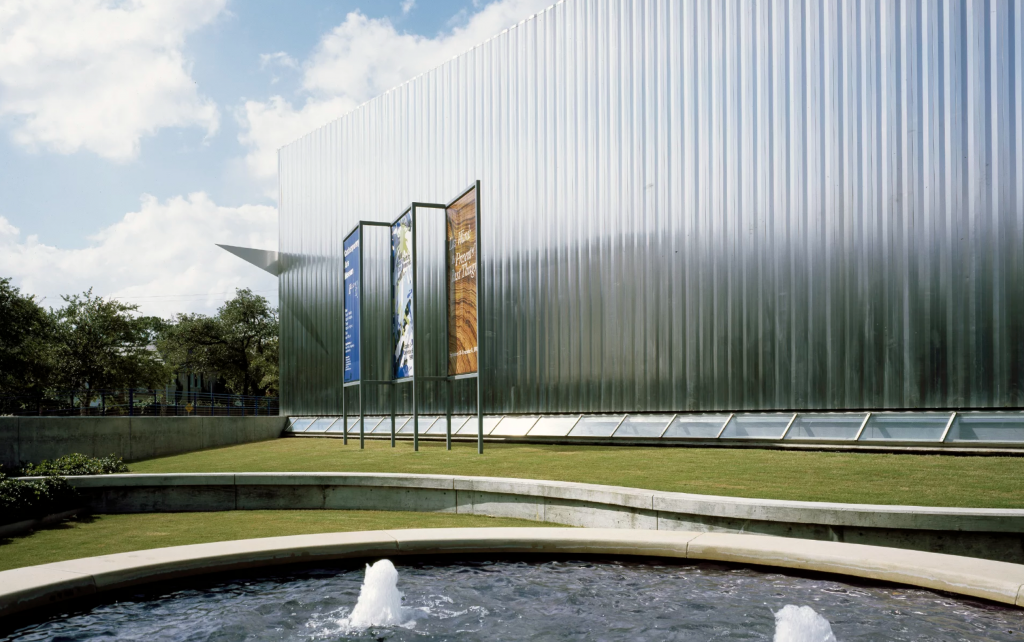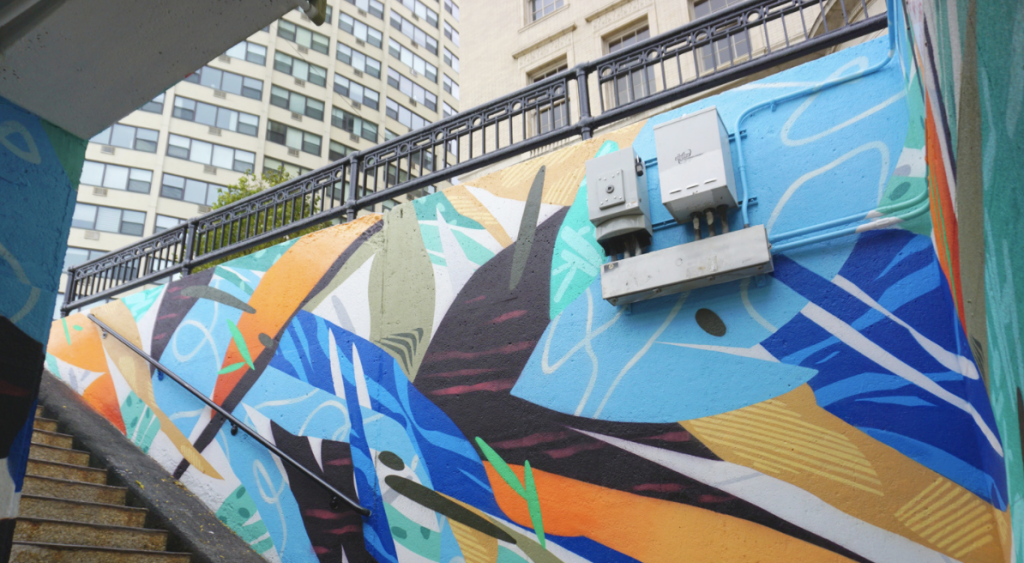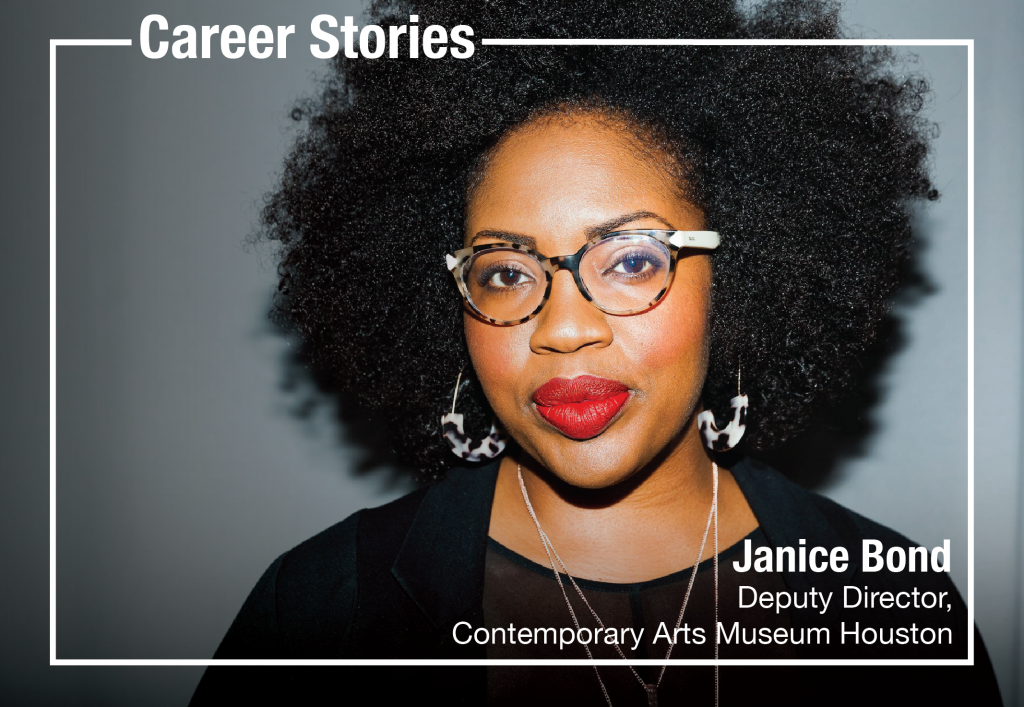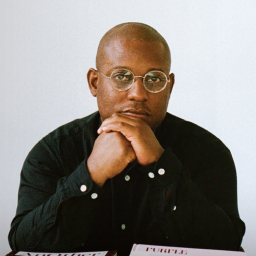No two paths to a successful career in the art world look the same. In our series “Career Stories,” we’re checking in with some of the high-powered people in the art industry to hear about everything from their first brushes with art to the advice they would give their younger selves.
Curator and artist Janice Bond is a busy woman. Not only is she the deputy director of the Contemporary Arts Museum Houston, she also runs a successful Chicago-based arts consultancy, Bond Creative Advisors. Although she works as a leader in museum spaces now, Janice’s first brush with curatorial work actually happened at the church she attended growing up, where the pastor and his wife donated artwork to the church that was then hung on the walls.
Since that initial spark of curiosity—which she considers her “first gallery experience”—Janice has continued to build a career in the art world that allows her to work as curator, advisor, and, now, at the helm of a museum. Read on to hear more about how Bond got to where she is today, and what she thinks people misunderstand about the business side of the art world.
At what point in your life did you decide to go into art and why?
I’ve always had an interest in art and the arts. It was never presented to me as something separate from my own humanity. The only difference between being interested in art as a child versus an adult is that, as an adult, I found it imperative that I reconnected with creation and creativity as a birthright beyond a career choice. Before I knew the technical names of mediums and the histories attached to them, my life has been inspired and influenced by makers, the making, and beauty. I’ve never viewed life another way.
What was your first job in the art world? What’s one lesson you learned from that job?
My first job in the art world was as a gallery guard and assistant at both Griffith Gallery and what is now the Cole Art Center, owned by Stephen F. Austin State University in Nacogdoches, Texas. I learned then that small towns can land a powerful punch in the art world if offered the platform and investment.

The Contemporary Arts Museum Houston.
What is something you think people misunderstand about the business side of the art world?
There is art and then there is the art business. The overlap of the two is not a default setting in this industry, nor are equitable or honorable intentions. So much imagination and innovation is repeatedly lost in elitism and systemic racism. I can’t tell you how many unjust “no’s” in my career were shrouded in formal language, diplomacy, pedigree, and protocols. All considered, that doesn’t render you hopeless at any level of your career. Once you are familiar with the architecture of this “house,” the front door, back door, window, and rooftop are all viable points of entry. Also, being fair and equitable as a business or institutional model isn’t just good, it’s good business, and in the words of the late, great congressman John Lewis, sometimes “good trouble.”
As you take on your new role at the Contemporary Arts Museum Houston, what made you decide to jump into the museum sphere now?
Historically, the tendency to affirm the presence of one’s position is found inside the institution. I’ve been active in the museum industry for years as a curator, collaborator, educator, and more. Adjusting the often myopic lens is necessary to truly make the contributions to museums by people like myself more accurately visible and accounted for.
What are some unique challenges that museum directors face?
Within the scope of unique challenges museum directors face today are the challenges unique to each institution created from a multitude of variables. Beyond the general need to remain fiscally sustainable, I see these “challenges” instead as areas of opportunity. If your internal or external community is disconnected, where have you, as a leader, not been listening or proactive? Have you questioned your museum’s role in the community (hyper-locally and beyond), apart from the architectural walls and the socialized institutional construct? Some of these challenges I believe are created when institutions are searching for a solution that will allow them to “have it both ways.” You cannot both be in support of true change while maintaining the status quo.

Photo of an installation by artist Ruben Aguirre from the 50 x 50 Neighborhood Arts Project (2017-18), an initiative to bring public artworks to all 50 wards of the city of Chicago, co-curated by Janice Bond.
What is one thing you wish non-artist curators and advisors understood about the art world?
The empirical knowledge you possess is truly valuable, and yet you still don’t know everything. Develop an acute awareness of your own biases and inequitable tendencies, no matter your background. Make countering that—through your creative process, actions, and opportunities created—your superpower. Also, I believe all art curators in their true form are artists. An exhibition itself is an undeniable medium.
Do you have a mentor?
I am quite blessed to have several and I proudly sit at their feet to learn whenever possible with love and respect, including my daughters. I stand on the shoulders of giants and a community like no other has my back. It is an honor and joy.
Whose artwork do you think is especially important to the current zeitgeist?
Everybody black, brown, and indigenous. In their own way, in their own voice. Pay special attention to the photographers right now, their work is the quintessential “ghost in the machine.”
If you could give one piece of advice to your younger self at the start of your career, what would it be?
They are not all right and they are not all wrong. Your time will come—keep learning, giving, being, and trusting. This is life, life is good, no exceptions.









